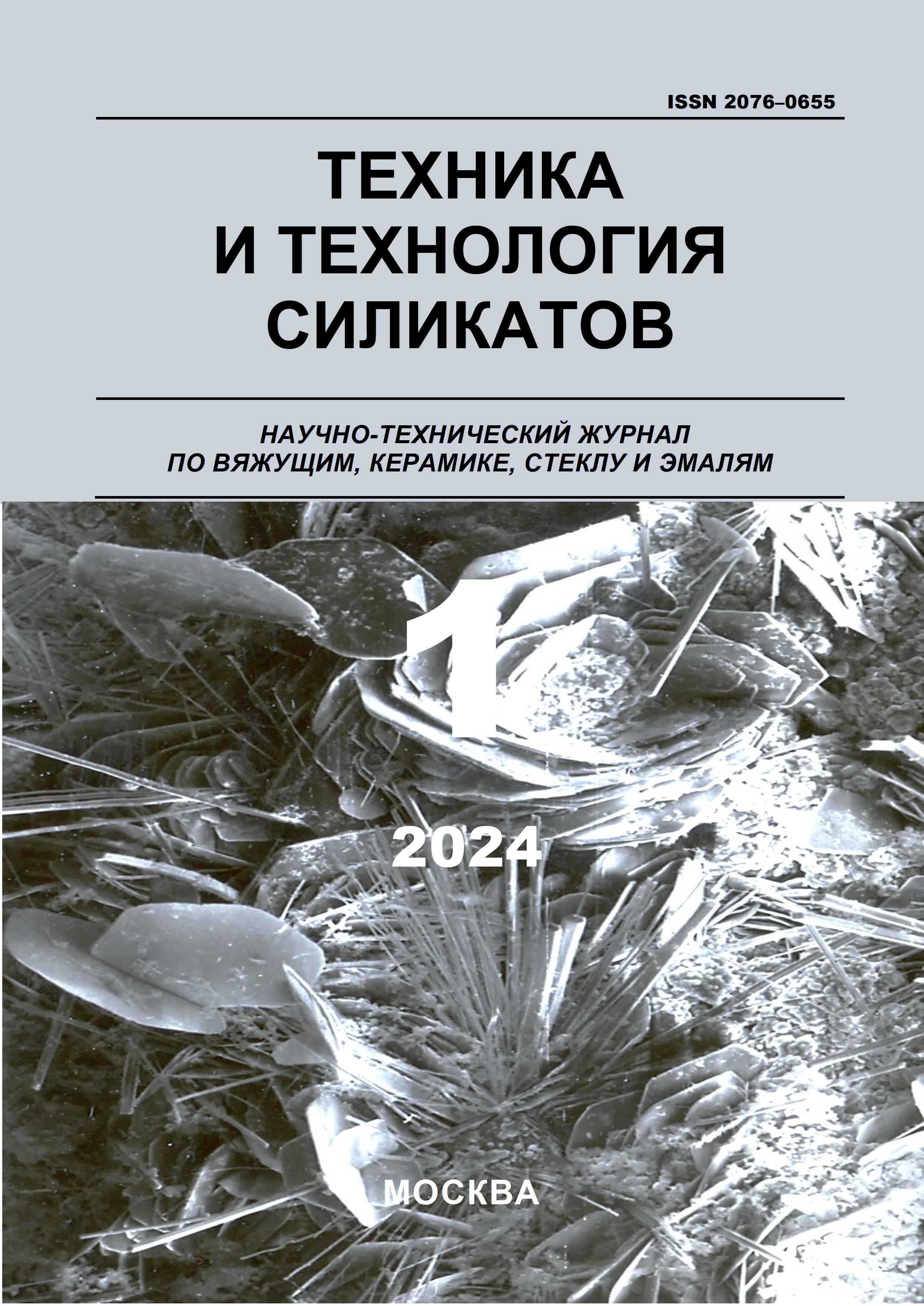Comprehensive experimental studies to structural characteristics of the molding compositions, which were derived from a low-grade clay raw material and modifying agents, characterizing by different genesis and morphology, carried out by using the mathematical planning. It was found that the deformation behavior of the molding compositions can be provided effective impact by choosing the ratio of differing genesis and morphology, particle components of complex additive. A joint introduction of the colloid (water purification sediment) and particles of thinning agent (blast furnace slag) in a ratio between those components at 1:1.5-2 is allowing to reduce of the proportion of plastic deformation and obtaining an optimal ratio with all kinds of deformations, and thus, improve molding properties of loam. It has selected optimal charge composition based on loam with a supplement of granulated blast slag and water purification sediment, according to the results of experimental studies.
loam, water purification sediment, granulated blast furnace slag, coagulation structure, structural characteristics, molding properties, plastic molding
1. Gus' V. A., Vysockiy E. V., Zharko V. I. Shlaki i ih ispol'zovanie v stroitel'noy otrasli // Cement i ego primenenie. - 2009, vyp. 4. - S. 41-45.
2. Chernyak L. P., Trubachev V. I., Pyshnoy B. C. Ispol'zovanie domennogo shlaka v keramicheskih massah // Steklo i keramika. - 1981, № 10. - C. 17-19.
3. Il'in A. P., Prokof'ev V. Yu. Fiziko-himicheskaya mehanika v tehnologii katalizatorov i sorbentov: Monografiya. - Ivanovo: Ivan. gos. him.-tehnol. un-t, 2004. - 316 s.
4. Danforth S. C., Talo I. K., Kwark S. Rheological Behavior of Injection Molding Ceramic-ceramic Composite Formulations // CIM Bull. - 1989. - D2, № 926. - P. 88.
5. Ozkan N., Oysu C., Briscoe B. J. [et al.] Rheological analysis of ceramic pastes // J. European Ceramic Society. - 1999. - Vol. 19, № 16. - R. 2883-2891.
6. Shahov S. A., Rudaya T. L., Kozhemyachenko A. S. Izuchenie vozmozhnosti primeneniya osadka vodoochistki v proizvodstve stroitel'noy keramiki // Izvestie Vuzov. Stroitel'stvo. - 2013. - № 1. - S. 54-61.
7. Briscoe B. J., Ozkan N. Characterization of Ceramic Pastes by an Indentation Hardness Test // J. European Ceramic Society. - 1997. - Vol. 17. - № 14. - P. 1675-1683.
8. Doraiswamy D., Tsao I. K., Danforth S. C. Analysis of the Rheological Behavior of Concetrated Ceramic Suspentions // Ceram. Mater. and Compon. Engines. - 1989. - P. 380-398.
9. Metodologiya planirovaniya eksperimenta: metodicheskie ukazaniya k laboratornym rabotam / sost. T. P. Abomelik. - Ul'yanovsk: UlGTU, 2011 - 38 s.
10. Zal'mai G. Fiziko-himicheskie osnovy keramiki. - M.: Gosstroyizdat, 1959. - 310 s.









